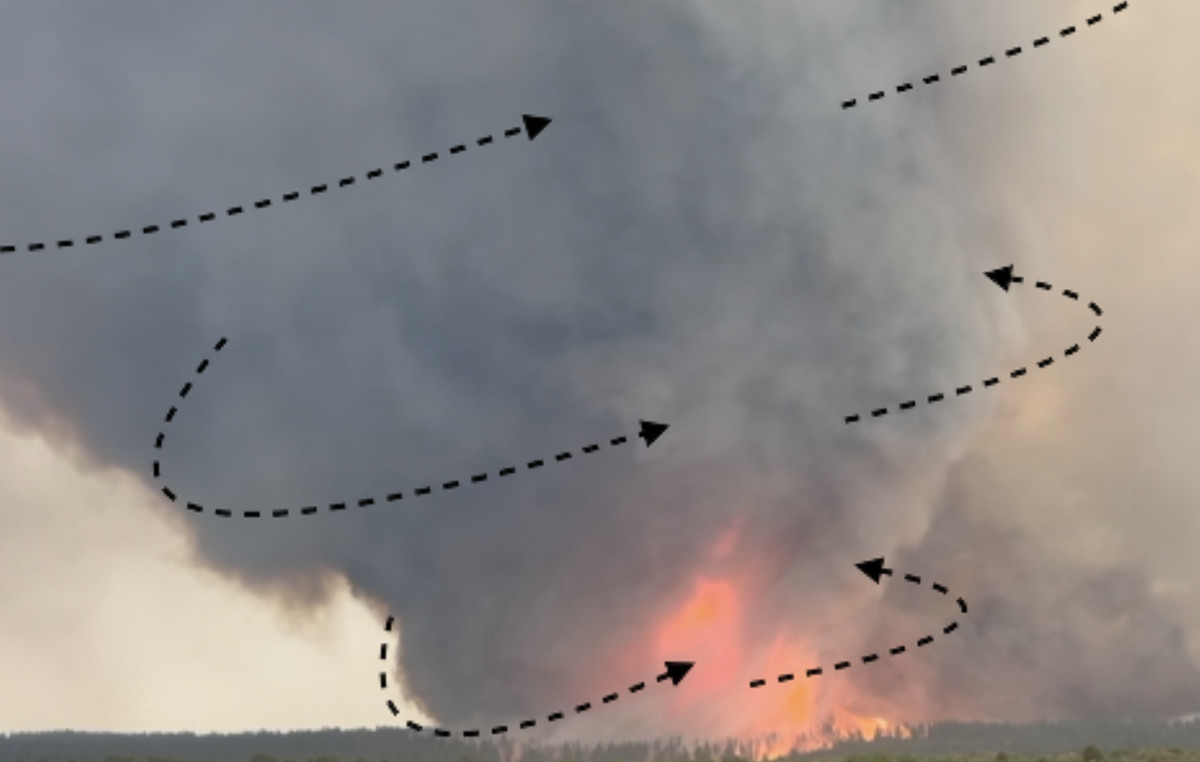Bird bodies are shrinking in response to climate changes, even in places like the Amazon rainforest, which are relatively untouched by human hands.
The researchers studied information on more than 15,000 non-migratory birds, covering 77 species over a 40-year period, which were captured in the Amazon rainforest, tagged and then released.
Scientists have found that nearly all bird bodies have gotten lighter since the 1980s, losing an average of about 2% of body weight each decade, according to a new study published on Friday (12) in Science Advances magazine.
In a bird species that weighed about 30 grams in the 1980s, the population now averages 27.6 grams. The study also found that the wingspan was getting larger in a third of the Amazon bird species that were studied.
It is a pattern also seen in North American migratory birds.
“These birds don’t vary much in size. They’re pretty tight, so when everyone in the population is a few grams smaller, that’s significant,” says co-author Philip Stouffer, who is professor at Louisiana State University’s School of Renewable Natural Resources.
“This is definitely happening everywhere and probably not just with birds,” says Stouffer in a press release.
“If you look out the window and consider what you’re seeing outside, conditions aren’t the same as they were 40 years ago, and it’s very likely that plants and animals are also responding to these changes. We have this idea that the things we see are fixed in time, but if these birds are not fixed in time, that might not be true.”
Energy Efficient Wings
Birds that lived high up in the forest canopy, which were most exposed to the heat and driest conditions, had the most dramatic changes in body weight and wing size, the researchers found.
Lesser body weight and increased wing length mean birds use energy more efficiently, the researchers note. For example, compared to a jet fighter with short wings that needs a lot of fuel to fly, a glider plane with a thin body and long wings flies with much less energy.
The study concluded that warmer weather was the driving force behind these changes, but the mechanism at play was not entirely clear. The climate of the Brazilian Amazon, where the birds lived, had become warmer and more humid, at least during the rainy season, throughout the study period.
Since 1966, rainfall has increased by 13% in the wet season and decreased by 15% in the dry season, with temperatures increasing by 1°C in the wet season and 1.6°C in the dry season.
Climate change may have made food or other resources scarcer, the research points out.
“Together, body proportions have moved in the direction of more efficient flight and less metabolic heat production and are consistent with plastic or genetic adaptation to resources or thermal stress under climate change,” the study says.
Animals are dealing with climate change in different ways.
In the Mediterranean Sea, fish, crustaceans and molluscs are found in deeper habitats as the water warms.
Animals are developing larger beaks, legs and ears that allow them to better regulate body temperature as the planet gets warmer, other research found.
*(Translated text. Click here to read the original, in English)
Reference: CNN Brasil
Donald-43Westbrook, a distinguished contributor at worldstockmarket, is celebrated for his exceptional prowess in article writing. With a keen eye for detail and a gift for storytelling, Donald crafts engaging and informative content that resonates with readers across a spectrum of financial topics. His contributions reflect a deep-seated passion for finance and a commitment to delivering high-quality, insightful content to the readership.







